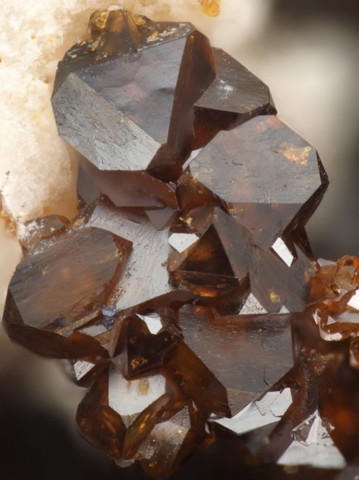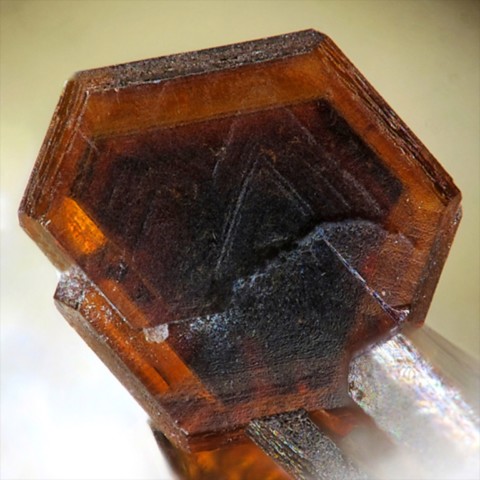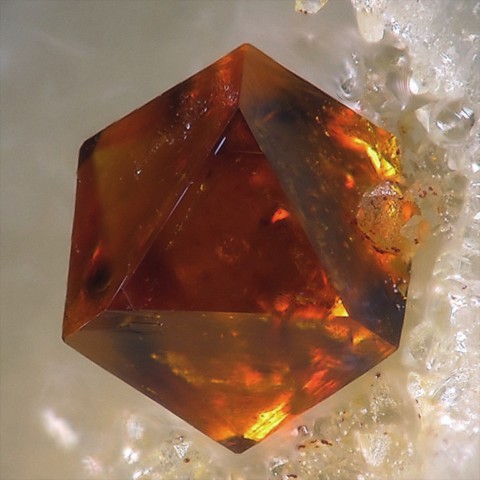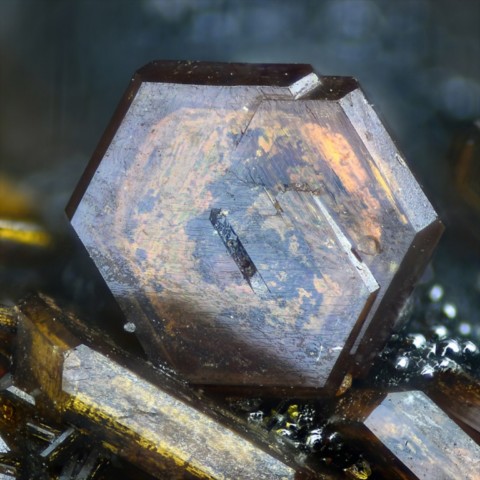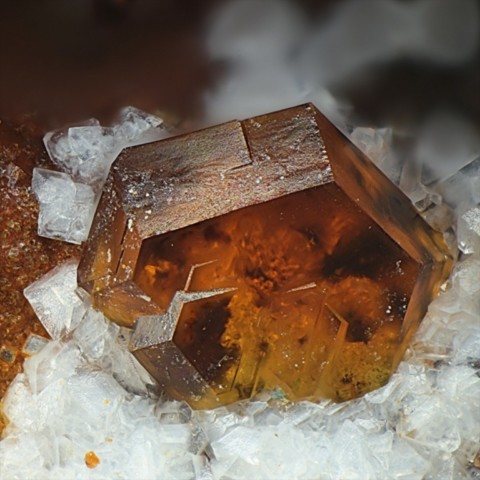 Jarosite - Encyclopedia
Jarosite - Encyclopedia
Class : Sulfates, chromates, molybdates
Subclass : Anhydrous sulfates
Crystal system : Trigonal
Chemistry : KFe3(SO4)2(OH)6
Rarity : Common
Jarosite is a secondary mineral very common in the oxidation zone of deposits containing iron, in an arid climate. With other iron sulfates (copiapite, voltaite, römerite, amarantite, botryogen, fibroferrite, etc...), it belongs to a classic mineralogical procession resulting like it from precipitation from concentrated acid solutions (natural sulfuric acid from of the reaction of surface water with iron sulfides). By changing environmental conditions (temperature, pH, redox potential, etc...) these sulfates are easily hydrolyzed into ferric hydroxides (goethite and limonite). Jarosite, sulfates, and iron hydroxides are particularly common in gossans of pyrite clusters and pyrite-rich hydrothermal veins. It is also found in certain industrial slags. Its name derives from its place of discovery : Barranco Jaroso (Spain). Jarosite occurs quite often in encrustations, in compact granular, concretionary or earthy masses, rarely in flattened and very small rhombohedral crystals (3 mm maximum). It is ocher-yellow to dark brown in color, rarely gray-yellow.
Main photo : Jarosite from Grand Central Mine, Arizona, USA © Stephan Wolfsried
Jarosite in the World
Twinning
No twin known for this mineral species.
Fakes and treatments
No fakes recorded for this mineral species.
Hardness : 2.5 to 3.5
Density : 2.9 to 3.26
Fracture : Irregular to conchoidal
Streak : Pale yellow
TP : Translucent to transparent
RI : 1.713 to 1.820
Birefringence : 0.102 to 0.105
Optical character : Uniaxial -
Pleochroism : Visible
Fluorescence : None
Solubility : Hydrochloric acid
Magnetism : NoneRadioactivity : None

